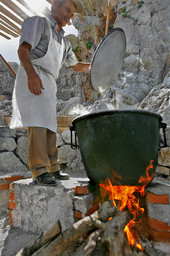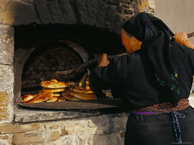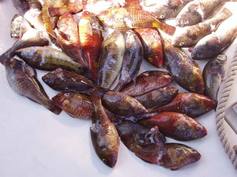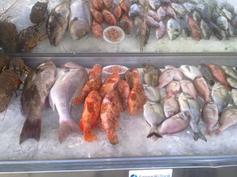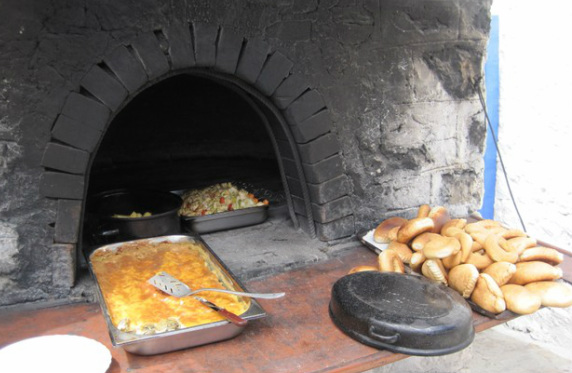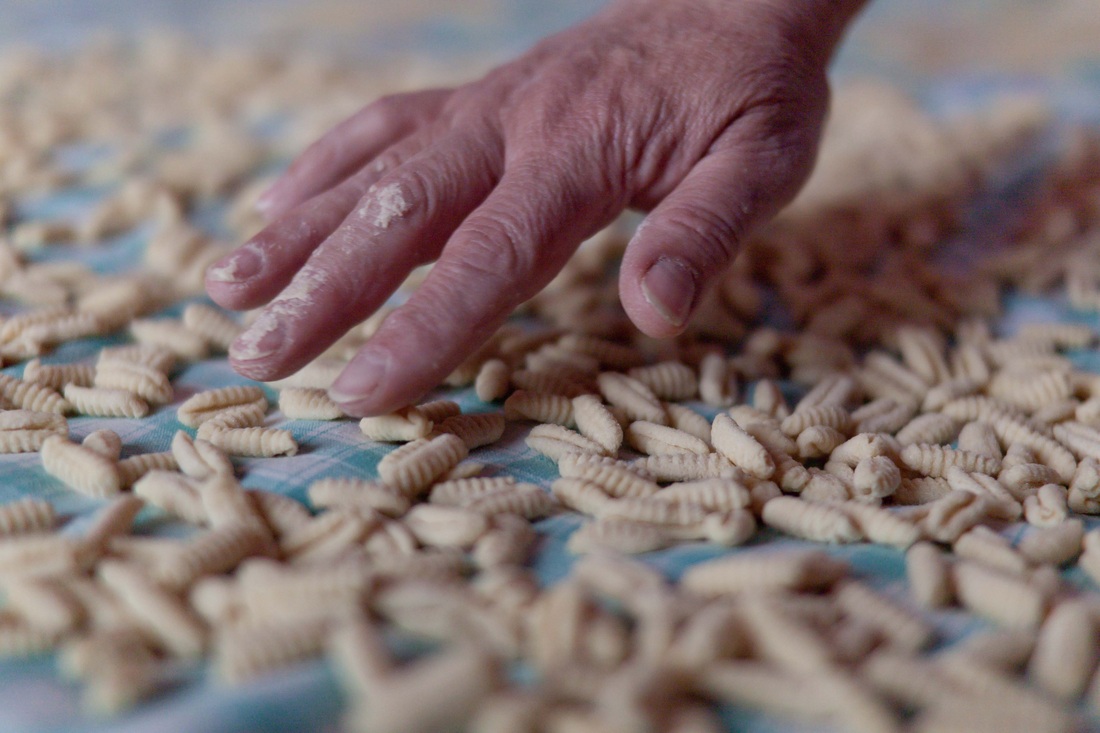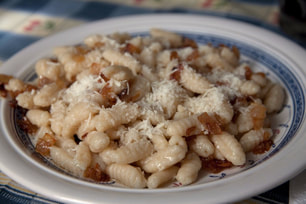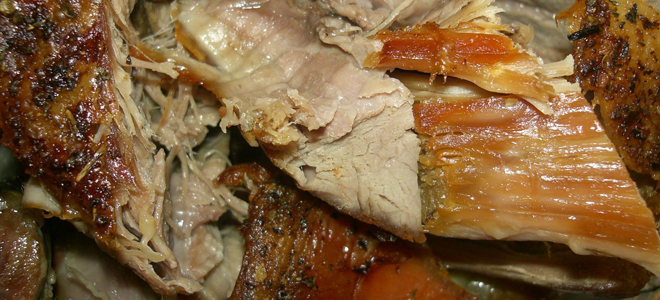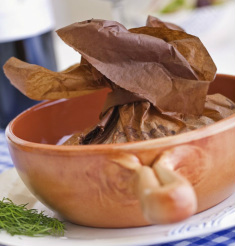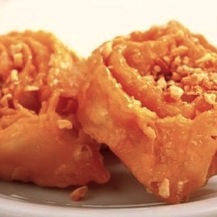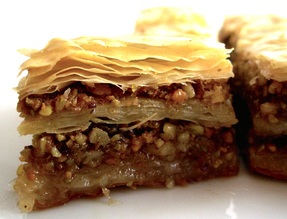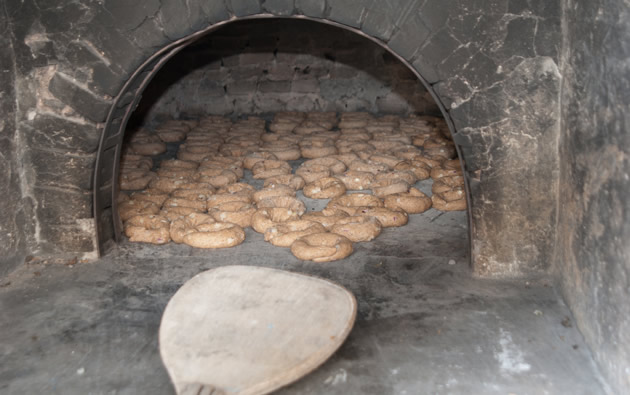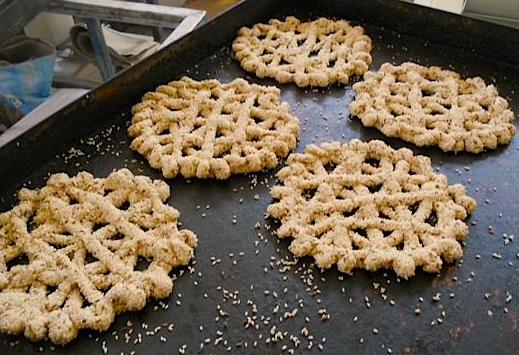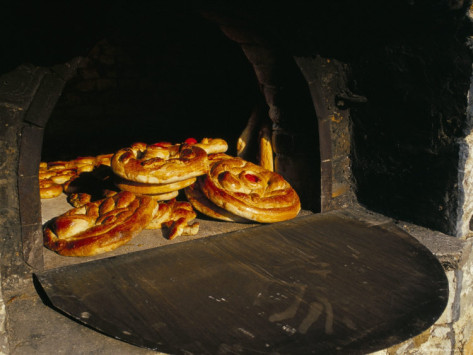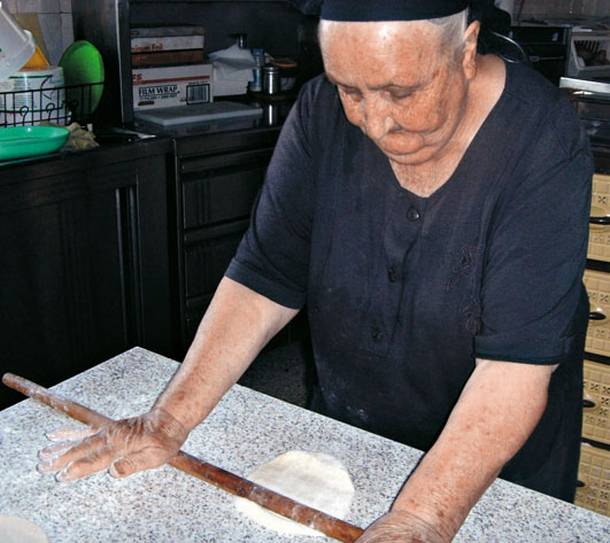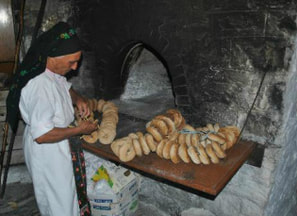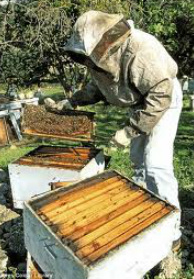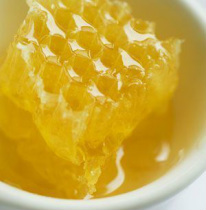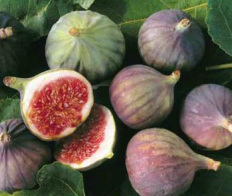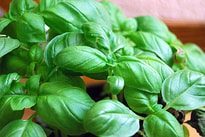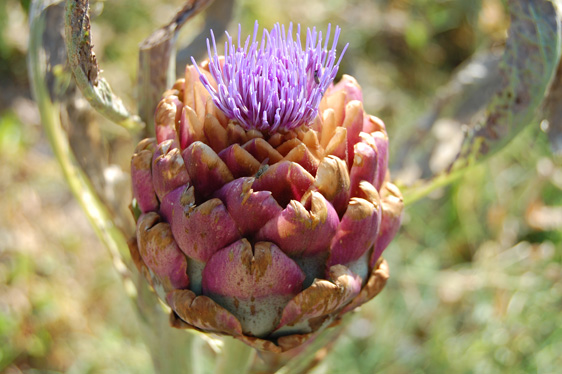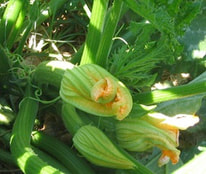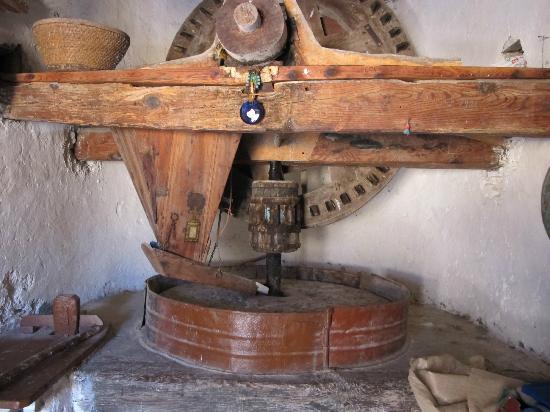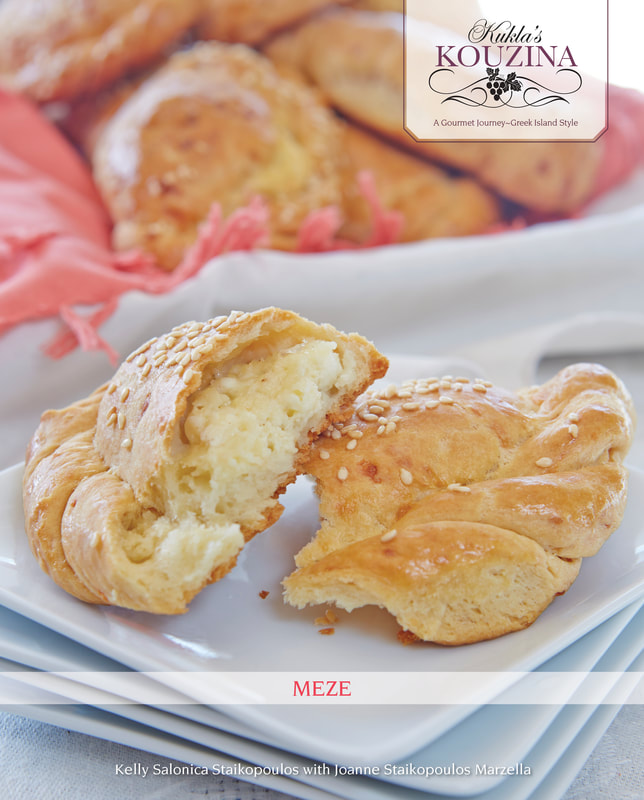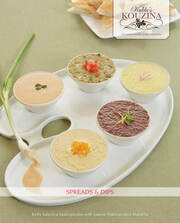Karpathos~A Food Lover’s Paradise
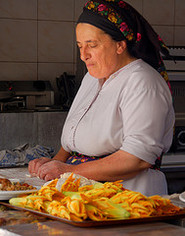 Olympos woman stuffing zucchini flowers
Olympos woman stuffing zucchini flowers
Step into our kouzina and learn about what makes our cuisine so different from the other corners of Greece, and what makes it so irresistible.
Last week you got to see the beauty of Karpathos, this week you get to taste it!
Kalos orisate! (kah-LOHS oh-REE-sah-teh) Welcome!
Mythological Proportions

This cuisine's diversity is an effect of not only climate and location, but also of occupation by various civilizations recurring throughout time as a result of wars and invasions.
Records show that Karpathos was inhabited by numerous outside cultures which began in Neolithic times with the Minoans, who introduced a variety of foods from the sea, as well as savory olives and their complex flavorful oils, herbs such as oregano, and thyme-scented honey.
The Minoans were followed by the Mycenaeans, whose culture was rich in farm-fresh, as well as dried, fruits and vegetables, sheep and goat dairy products, game meats, chicken, celery, cardamom, mint, and fennel. Then the Phoenicians transported wine to the island’s shores. The Dorians came next with their Spartan diet of olive oil, garlic, pomegranates, figs, whole grains, apples, grapes, flax seeds, lentils, and a number of other high-nutrient staples we now refer to as superfoods. The Romans arrived with barley, millet, wheat, and cheese, all of which were infused with honey in certain recipes. The Venetians instituted pasta into the Karpathian diet, which led to the creation of pastitsio. And the language of the Ottomans inspired recipe names such as moussaka, tzatziki, giouvarlakia, keftedes, and mboureki. There was even a Genovese basil-loving pirate, Moresco, who ruled over the island! Aromas of citrus, allspice, cinnamon, and crystallized vanilla dominate Karpathian cooking, and it is unknown whether they sprouted here and were taught to others or vice versa. Tomatoes became incorporated into Greek cuisine in the late nineteenth century and were widely used in Dodecanese cooking during the Italian occupation from 1911 to 1947, and still are today. This is just one element exclusive to the nature of cooking in this area.
The Italian occupation resulted in a marriage between the two styles of cooking, and this melding is well represented in the meals you’ll encounter on this island, like pasta with meat sauce or makarounes. Some restaurants feature both cuisines and you’ll see items like shrimp parmigiana and pizza on the menu alongside moussaka and souvlaki.
These influences, combined with the island’s faithful native roots, have made Karpathos incomparable in its novel style and preparation of food, creating a culinary icon that lives only on this distinct island and is enhanced in the pages of our cookbook.
Keeping up with the Karpathians
To become truly familiar with a culture one must live with its natives, breathe the same air, and of course, sample its foods. Foods reveal a story of the people who create them—cultures of the sea have diets abundant in fish, those inland take from the earth, and their use of spices reflects the passion they happily share. On Karpathos, all these elements combine to tell the tale of a civilization with a generous lifestyle that makes every day a celebration.
The recipes born here reflect their heritage and maintain an originality that sets them apart from standard Greek cuisine. Foods also vary by location on the island, as some are extracted from the unspoiled mountain village of Olympos that remains frozen in time, others from the inland farming town of Volada. Then there's the picturesque, age-old fishing port of Finiki that can’t be beat when it comes to seafood. Eating on this island is truly a slice of heaven of which the myths only hint! |
A Dish by any Other Name
Spanakopites Karpathikes (Karpathian spinach pies)
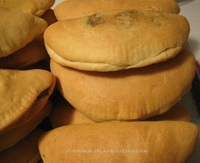
On the island, especially in Olympos, baking is done in stone or brick communal ovens outside of the home. The food not only tastes better but it keeps the house cool…seriously important when it’s warm-to-hot most of the year. A classic case of If you can't stand the heat, take it out of the kitchen!
Makarounes (pronounced mah-ka-ROO-nes)
Arnaki Kleftiko (slow-baked spring lamb, pronounced ahr-NAH-kee KLEF-tee-koh)
Mbaklavas Karpathikos (Karpathian baklava)
|
Other must-try indigenous foods you’ll find on the island include full-cream cheeses like salty almotyri (armotyri) and spiced meriari served with a variety of rustic bread loaves and kouloures (donut-shaped biscuits made with wheat, barley, or a combination of both), psilokouloura (thin, sesame-covered, olive-oil breadsticks), kouloumbotes olives, ofto (baked lamb or goat stuffed with rice), skaros yahni (baked fish) or “Karpathian fish” as the locals call it because the skaros fish can only be found in the Karpathian sea, kavroumas (strips of pig meat, similar to bacon, that are fried and served with bread), lahanopita (cabbage pie), drilla (a thick goat’s-milk sour cream), vyzanti (lamb stuffed with bulgur or rice and baked in a wood-burning oven), and hondros (meat prepared with bulgur).
Pastries are also abundant and include xylikopites (pies made with creamed cheese, honey and sugar), sweet tourtes or sitakopita/myzithropita (mini pies or tray-sized pie prepared with locally-made sheep’s and/or goat’s-milk sitaka or myzithra cheeses), alevria cookies (the dough is kneaded in honey and butter), sisamomeli (a sesame-and-honey confection served at weddings), and poungia (Carnival spiced cheese crescents with honey). |
Farm to Table ~ the Original Movement
|
Food in Karpathos is prepared using homegrown ingredients. It’s been that way for centuries because, as an isolated island, it’s difficult to get supplies from the mainland. There are also very few markets on the island so when ingredients are needed, the natives go to the source.
Thyme honey comes from their bee farms and is extracted from their own honeycombs. Fruit and vegetables are grown organically. Cheese is made from the milk of their sheep and goats. Bread is baked using their own grains that are ground in their gristmills powered by the wind. If you’re eating in Karpathos, most of the ingredients are as local as local gets. This is the purest form of the farm-to-table movement, and it started here! |
Sign up for our e-newsletter (if you haven’t already) and stay connected on social media for cooking tips and recipes, as well as for all Kukla's Kouzina updates and news.
Thanks for following us and we’ll see you next Monday!
Until then~
Kali orexi! Good appetite!
Kelly
Web design by Kelly Salonica Staikopoulos

